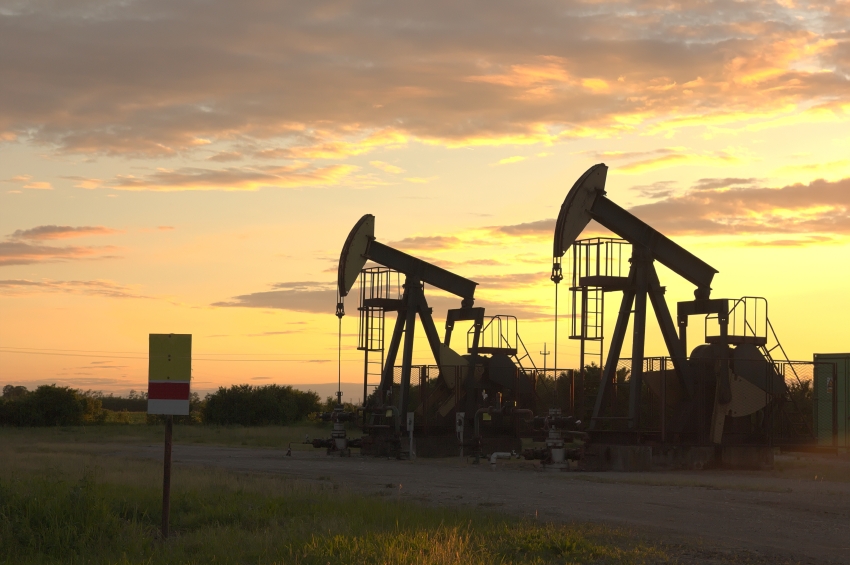 We first constructed an official commodities portfolio in April 2021 (see links at end), and today it is launched as an official Dynamic Portfolio.
We first constructed an official commodities portfolio in April 2021 (see links at end), and today it is launched as an official Dynamic Portfolio.
The official Dynamic Commodities Portfolio details are here.
In this blog are the nuts and bolts you will want to know before taking the plunge with a commodities portfolio, whether our Dynamic Commodities Portfolio or otherwise:
- Commodity equities versus commodities
- Be wary of commodity indices
- Recent performance
- Single fund alternatives?
- How risky?
- How to drip-feed
- Bigger Stop-Loss?
Commodity equities versus commodities
Our Dynamic Portfolio invests into commodity equities. These are the companies quoted on the stock market who, for example, dig the copper out of the ground in Brazil, or extract the oil out of the North Sea.
You are not investing into the commodities themselves. You are not buying a barrel of oil, or a gold bar.
When commodity prices are on a roll, the companies involved with those commodities will typically perform better than the individual commodities themselves. There are a number of reasons why this is the case, which I won’t get bogged down in now.
But do bear in mind that when the prices of commodity companies are depressed, as they are today, they pay a decent income. This means that you can get paid handsomely to wait until the share price takes off e.g. the yields on Rio Tinto Zinc and Anglo American are 12% and 7% respectively.
In contrast, a direct exposure to the commodity, via a futures contract, pays no income.
Be wary of commodity indices
The indices give you a sense of how commodities perform on average. You might use such an index to judge how well our Dynamic Commodity Portfolio has performed, or you might buy an ETF which mirrors that index.
But that “average” can be very misleading.
For example, the S&P GS Commodity Index has a 61% exposure to energy, whereas the Bloomberg Commodity Index only has 29%. That means the performance of these two indices can vary hugely depending on the price and volatility of just one commodity – oil.
Recent performance
You will see on the portfolio update that we have a graph showing the Bloomberg Commodity Index versus our Dynamic Commodities Portfolio. The Bloomberg index has performed very well versus the Dynamic Portfolio over the last year. Two things to highlight:
The Bloomberg index has a static exposure to a range of commodities. In contrast, the funds within the Dynamic Portfolio will vary dependent on what parts of the commodity universe are moving at the time.
Secondly, the latter means that you need this performance comparison over a range of periods to judge the value of this Dynamic Portfolio. This table gives you a much better sense of how our portfolio adds value. It shows a poor relative 12 months (and 6 months), but notable outperformance over the long term.
|
Name
|
1m
|
3m
|
6m
|
1yr
|
3yr
|
5yr
|
10yr
|
|
Dynamic Commodities Portfolio
|
-15.95
|
-4.58
|
1.0
|
8.7
|
88.8
|
92.61
|
160.43
|
|
Bloomberg Commodity
|
-14.22
|
-1.95
|
25.3
|
38.94
|
49.57
|
54.27
|
12.3
|
Single Fund Alternatives
We considered if there might be a single diversified fund which investors could use as an alternative to our Dynamic Portfolio – not everyone wants to change their funds every 3 months, which is the optimum period based on our original research set out in this blog.
The JPM Natural Resources fund was the obvious option, with by far the longest track record. As you can see from Chart 1, it was very poor versus our Dynamic Portfolio over the last 10 years, as was the Bloomberg Commodity Index.
How risky?
You need to understand that commodity equities are somewhat more volatile than the stock market as a whole
You can see this in Chart 2. Using JPM Natural Resources this enables us to go all the way back to 1986. The blue line of the JPM fund vividly illustrates the extra volatility compared to the FTSE 100 index.
Other risk and volatility statistics show that the volatility is about twice as great with our Dynamic Portfolio and the commodity index versus the UK stock market.
How to drip-feed
The latter volatility means that most of the time, if you are contemplating committing a lump sum, you are best advised to drip your lump sum over, say, 3-6 months.
That is why I suggested in the June teleconference that you should drip your lump sum into the Dynamic Portfolio over 3 months. It is very frustrating when you invest in one go into a volatile area, and you hit your Stop-Loss within a week!
Bigger Stop-Loss?
As well as drip-feeding, you might wish to consider a larger Stop-Loss. You know that we typically recommend a 10% Stop-Loss. When you invest into a more volatile area, consider a larger Stop-Loss trigger, say 12-15%, so that you are not continually whip-sawed in and out of your funds.
Chart 1: Dynamic Commodities vs JPM Natural Resources vs Bloomberg Commodity Index

Chart 2: Volatile Commodities – JPM Natural Resources vs FTSE 100 index since 1986

FURTHER READING